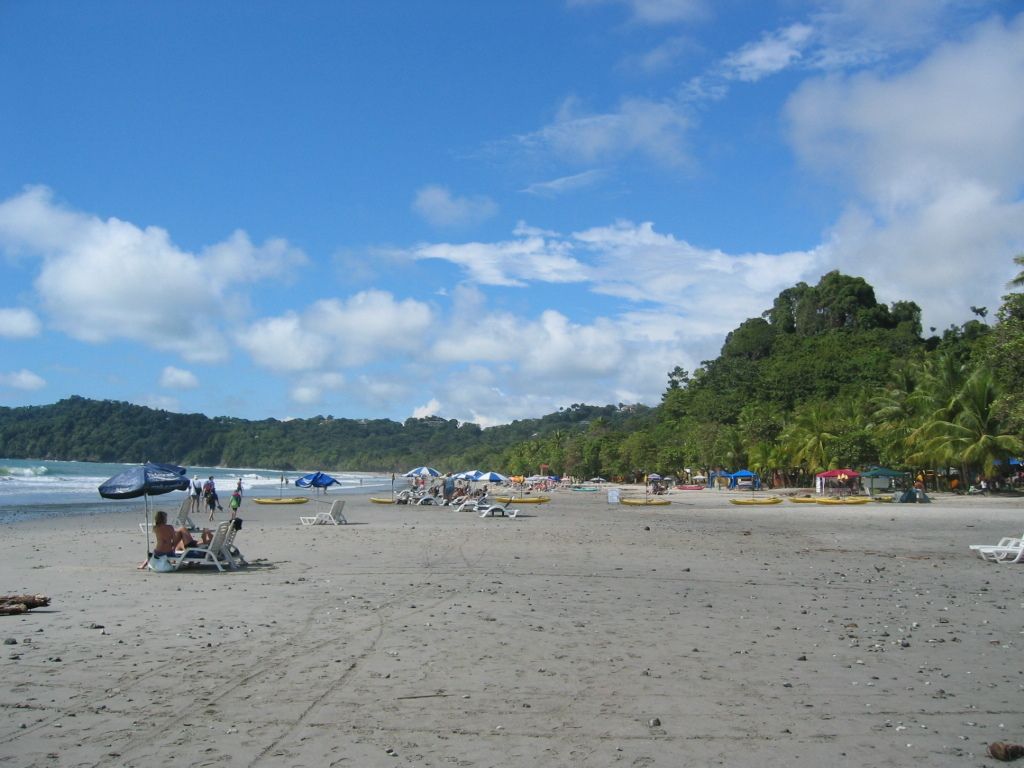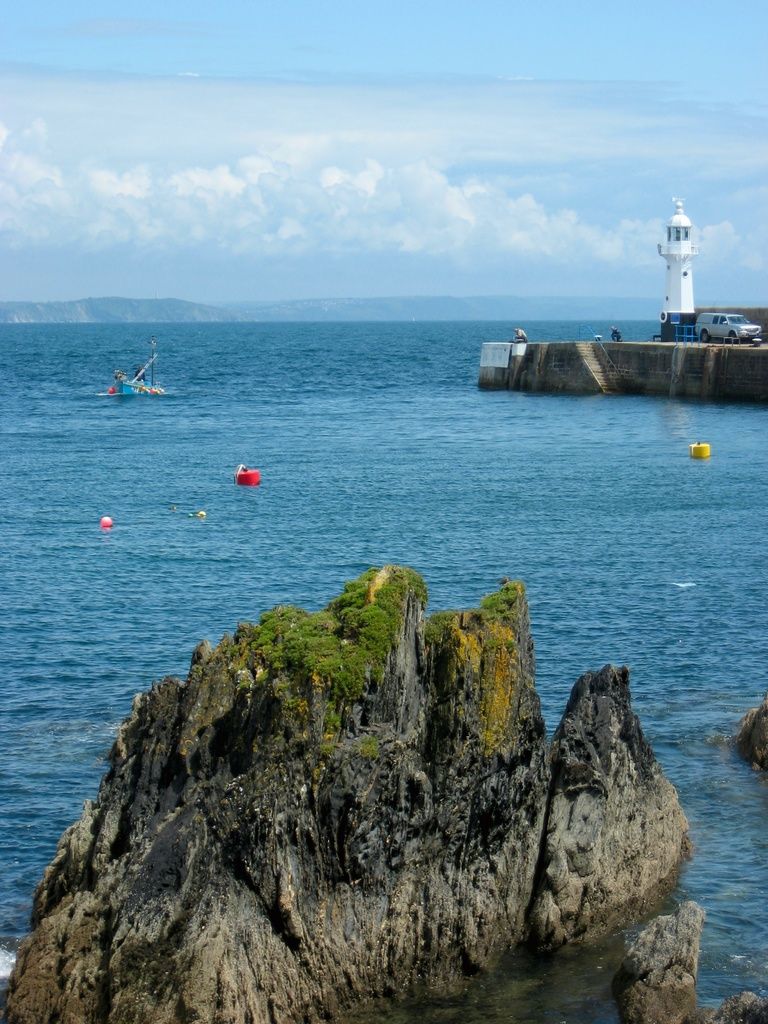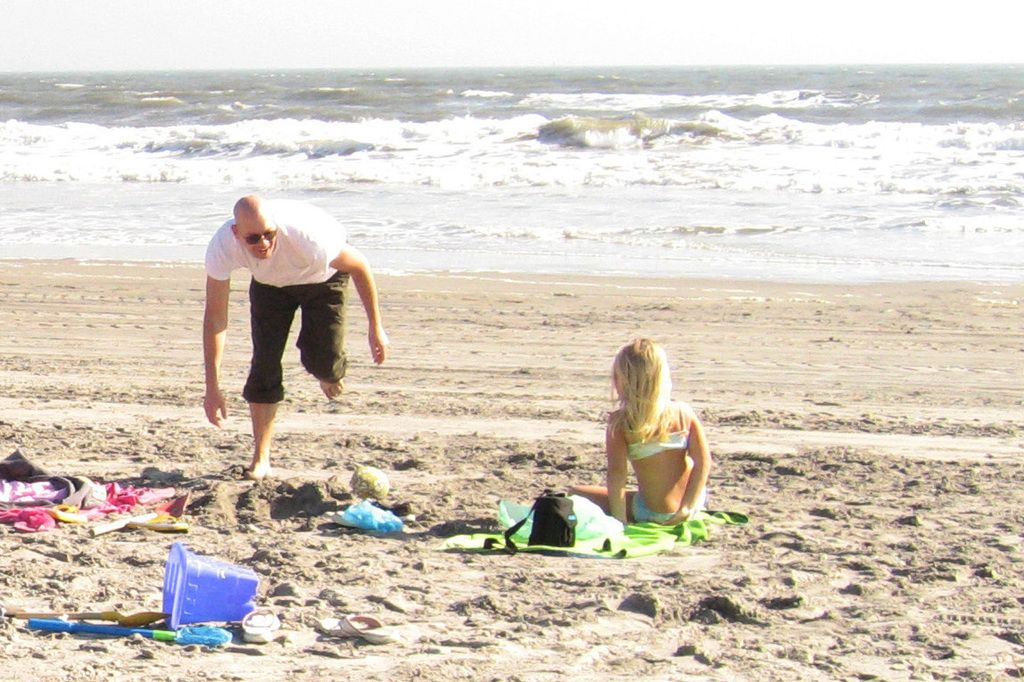Bizarre Dwellings Across the World
Check out this radical take on housing! We've rounded up four unique abodes that are shaking up the real estate game. Let's dive right in!
1. 3D-Printed Homes
Project: 3D-printed community
Location: Nacajuca, Mexico
Status: Ongoing
Key Players: New Story Charity, ICON Technology, Èchale
In flood-prone and earthquake-susceptible Nacajuca, you'll find the world's first 3D-printed community homes. Believe it or not, these aren't mansions for the rich and famous - they're going to vulnerable families on an average income of just $76.50/month!
So, how do you print a house? It's similar to making a giant soft serve ice cream cone using a machine called Vulcan II. This bad boy spits out a cementitious-based mix called Lavacrete, layer by layer, to create the walls. Just three workers and a tablet are needed to operate this high-tech printer! Although not all parts of the house can be printed, locals handle the finishing work using traditional construction methods.
To cater to local families, the homes were co-designed with future residents and feature two bedrooms, a bathroom, and a kitchen sprawling across 500-square-feet. This isn't just a housing project - there are plans for community parks and other amenities, too.
Pros
Amazing benefits from 3D-printing include:
- Efficiency: Since materials are used more effectively, there's almost zero construction waste and work is completed faster, with less manual labor.
- Durability: These homes have excellent thermal qualities and can withstand earthquakes thanks to a strong foundation.
Cons
Printing houses can sometimes be a challenge, particularly due to unique conditions like power cuts and water shortages faced by Vulcan II in Nacajuca.
Additionally, 3D-printing generally faces several challenges:
- Sustainability: While waste is reduced, 3D printers might not always be more sustainable, depending on the specific ink ingredients, which can contain harmful additives. However, some 3D printers use eco-friendly materials like bamboo or mud.
- Labour: A common criticism of 3D-printed homes is that the machine replaces human construction workers. To combat this fear, the developers employed local workers for other elements of the homes.
2. Rooftop Homes
Project: Cosmo Park
Location: Jakarta, Indonesia
Completion Year: 2009
Developer: Agung Podomoro Group
Cosmo Park hit the news in 2019, over a decade after it was built, thanks to a sneaky Twitter user posting an image. Sitting on top of a 10-story shopping centre, the rooftop village offers a quiet suburban escape in the heart of bustling Jakarta.
78 houses reside here, accessible by car via a ramp, with safety measures like a metal fence to keep everyone secure. Not only do residents enjoy an extensive array of amenities like a swimming pool and tennis court, but they also relish the peaceful suburban vibes amidst the city's hustle and bustle.
Positives
Faster, higher, stronger - Cosmo Park boasts the following advantages:
- Security: Many residents feel comfortable letting their kids play outside due to the suburb-like atmosphere.
- Extension: Land is scarce in densely populated Jakarta, making rooftop homes an innovative solution to increase housing options.
- Safety: As Jakarta is highly prone to flooding, living higher up can save lives and valuable property.
Negatives
However, Cosmo Park has been criticized over the years:
- Exclusivity: Some argue that Cosmo Park is a gated community for the rich, rather than an inclusive option.
- Stability: While living higher up reduces the risk of flooding, it might pose a hazard during earthquakes due to increased weight.
3. Floating Homes
Project: Waterbuurt
Location: Amsterdam, Netherlands
Completion Year: 2012
Developers: Ontwikkelingscombinatie Waterbuurt West, Marlies Rohmer Architecture & Urbanism
Waterbuurt is a little floating neighborhood of 55 houses (plus 20 dike and pile houses) in Amsterdam, constructed to combat rising sea levels. Homes really "float" here, thanks to a clever system where each house rests on a hollow cement cube that balances exactly the right amount of water to achieve buoyancy.
Constructing these cement cubes is no walk in the park, as any mishap in their creation can lead to the house sinking or tipping. To avoid these mishaps, residents decide where their furniture will go beforehand. With three types of floating homes available (solo, duo, trio), all are interconnected with jetties.
Benefits
Floating homes come with some fantastic advantages:
- Adaptability: These homes could be part of the answer to the challenge of rising sea levels.
- Harmony: Many Waterbuurt residents have praised the strong sense of community and connection to nature offered by living on water.
- Inclusiveness: The jetties linking the homes are open to everyone, fostering community engagement.
Drawbacks
Floating homes face some significant drawbacks:
- Regulations: It's unclear whether a floating home is considered a moveable or an immovable property, affecting taxes, construction requirements, and access to financial support.
- Finance: These regulations leave banks hesitant to grant mortgages, making it challenging for potential buyers to invest in floating homes.
- Greenery: There's limited space for trees and shrubs among the jetties, which could impact the overall look and feel of the neighborhood.
4. Tiny Homes
Project: Social Bite Village
Location: Edinburgh, Scotland
Completion Year: 2018
Developers: Social Bite, Tiny House Scotland, Cyrenians
Situated on a previously empty council-owned plot in Edinburgh is Social Bite Village, home to 20 formerly homeless individuals. Each resident resides in a tiny house measuring two bedrooms, a bathroom, and a kitchen, constructed sustainably and primarily using donated materials.
The best part? The tiny homes can be moved off-site for assembly, reducing construction time and waste. Residents can living here for up to one and a half years while working with on-site volunteers and staff to help them re-integrate into society. There's a community hub for mealtime and chats.
Pros
These tiny homes come with huge benefits:
- Sustainability: Homes are built with sustainable materials and can run on- or off-grid, reducing environmental impact.
- Aesthetics: Careful design can uplift entire communities and make people feel valued.
- Financial benefits: Tiny homes can help individuals own less, buy less, and ultimately spend less.
Cons
The Social Bite Village isn't perfect, and it faces some drawbacks:
- Impact: Critics argue that Social Bite's efforts don't address the root causes of the homelessness crisis and only bring good publicity.
- Space: In densely populated cities, land can be scarce, making tiny houses less effective in some contexts.
- The 3D-printed homes in Nacajuca, Mexico not only reflect a shift in housing lifestyle but also introduce an eco-friendly home-and-garden concept through the use of sustainable materials and efficient construction methods.
- Living in the rooftop homes at Cosmo Park in Jakarta, Indonesia offers a unique blend of urban and suburban lifestyles, creating a home-and-garden setting within the heart of the bustling city.







